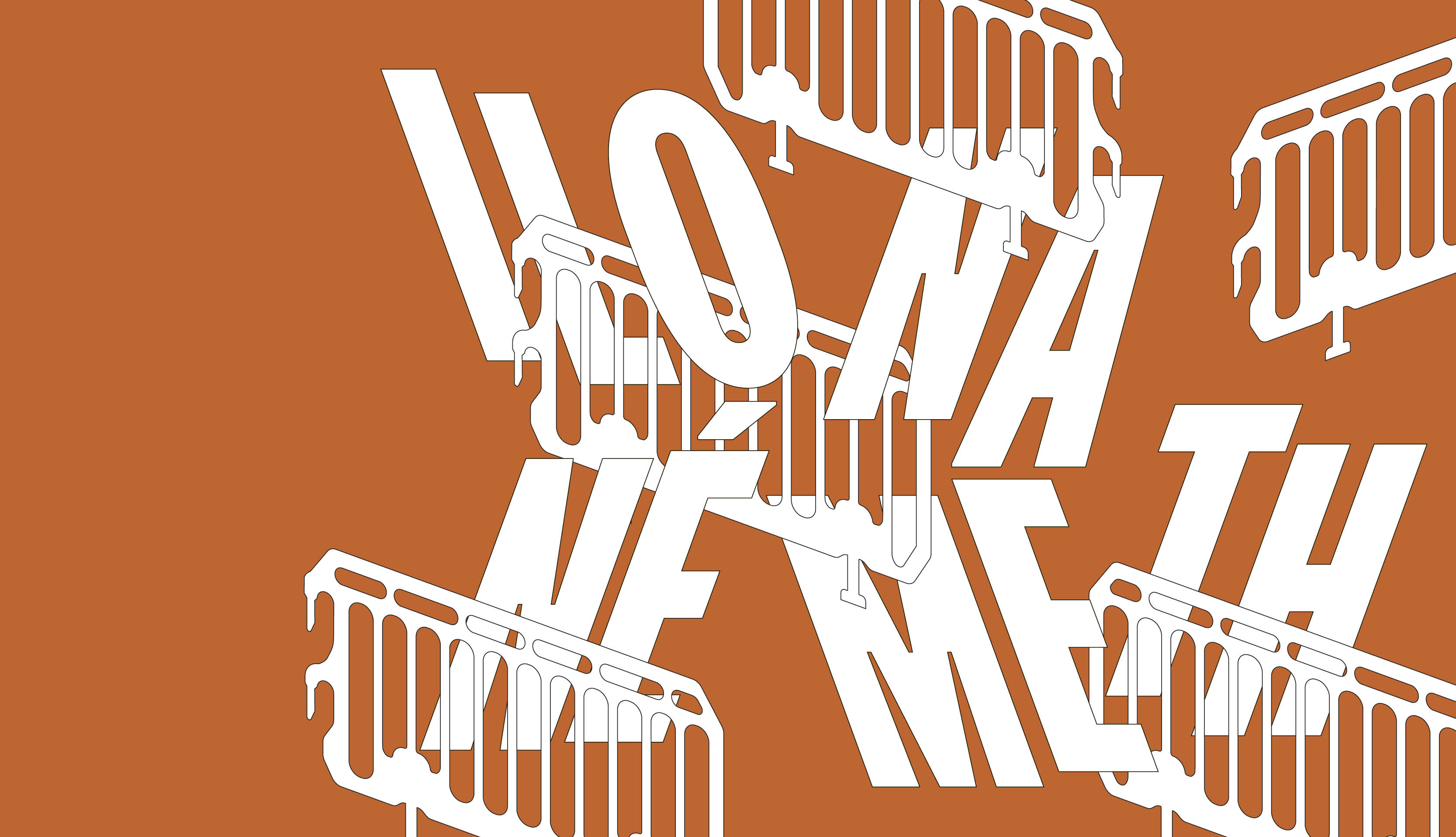

The grand opening of the exhibition
will take place on Wednesday,
September 17, 2025, at 6 p.m.
A guided tour of the exhibition
with the artist and curator Michal Koleček
will take place at 5 p.m.
Ilona Németh’s exhibition project for the Ústí nad Labem House of Arts, titled Fragile Gardens in Adaptation, grows naturally out of her long-standing engagement with the idea of the garden—an inquiry
she unfolds across cultural, social, environmental, and socio-economic contexts. In recent years, this interest has surfaced, for example, in the Floating Gardens project (Future Garden and Healing Garden) presented at documenta fifteen in Kassel in 2022, and more broadly within the expansive international research, artistic, and exhibition initiative Eastern Sugar, ongoing since 2017. Two interwoven concepts serve as the exhibition’s points of departure. The first stems from a site-specific permanent installation, When we arrive here… I, realized in Paris on Montmartre in the garden of the Cité internationale des arts; in Ústí nad Labem the artist presents its gallery counterpart, When we arrive here… II. The second concept manifests Németh’s focused attention on the gradually vanishing rows of thuja trees in her hometown of Dunajská Streda—disappearing under the mounting pressures of environmental change (Thuja Project). Through meticulous documentation of this inexorable process, and by working with its remnants as timber, Németh opens questions that particulate to a critique of expansive social and economic development. These two projects are joined, in the context of the Ústí nad Labem House of Arts exhibition, by a newly created installation, Control Barriers, produced in collaboration with Ideal Standard, s. r. o. in Teplice. Fashioned from a refined, snow-white ceramic body, the barriers partition the gallery and choreograph the movement of visitors. Here, the freedom and inventiveness of artistic expression meet the mechanisms of restriction, dominance, limitation, and control—forces we know all too well from various forms of public space. On their surfaces, traces of the manufacturing process remain, unsettling both the objects’ polished perfection and their seemingly apparent authority. The exhibition at the Ústí nad Labem House of Arts is complemented by a large-scale tapestry titled Crystallization Point, which records the demolition—on February 8, 2024—of the sugar refinery chimney in Pohronský Ruskov, erected in 1896. Like many Central European refineries, this factory fell victim to advancing globalization and the relocation of production to low-wage regions. As an artistic gesture within the book Eastern Sugar, the artist placed this chimney on a list of Slovak cultural monuments. Transposing the photographic documentation of the chimney’s eradication into a woven medium embodies Ilona Németh’s effort to conjure a counterimage to disappearance— an act that aestheticizes the nexus of art and industry. The processual installation Spheres from Roses, composed of hundreds of blossoms, together with a photograph from the 1972 Flora Bratislava exhibition, printed ceramic wall tiles in space, and the video projection Ship, intensify the work’s highly personal yet critical tenor. They draw out strands of family history and set them within wider social, cultural, and environmental constellations. In a conversation with the artist conducted in connection with When we arrive here… I, Cité internationale des arts curator Nataša Petrešin-Bachelez remarked on Németh’s work: “…it is remarkable that you are able to perceive beauty, to reveal something interesting or appealing even where others do not see it. Sometimes your attention is caught by an existing—sometimes a missing—structure; at other times by a situation or a form. I believe this manifests with real intensity in your artistic practice. It seems to me that you are also drawn to things others consider superfluous, insignificant to history.”
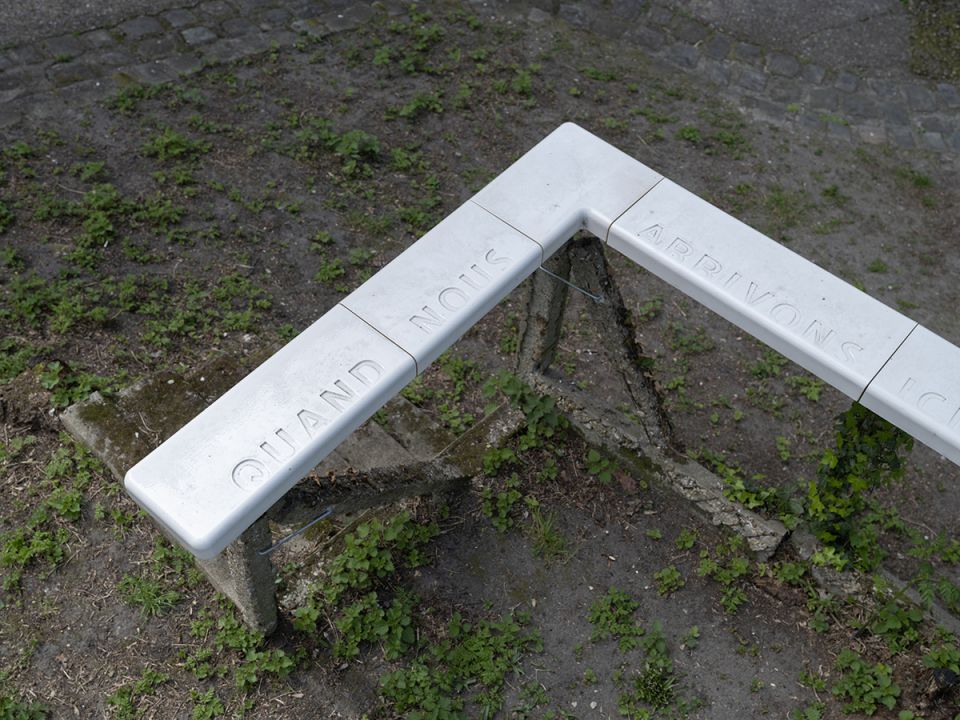
When we arrive here... I, 2024–2025
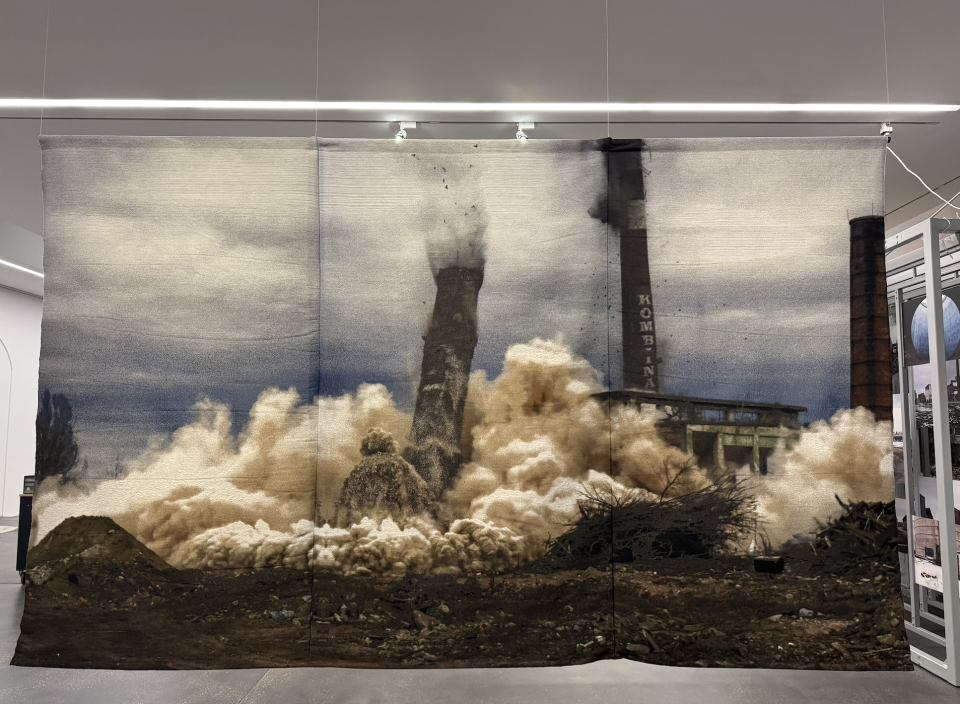
Crystallization Point, 2025
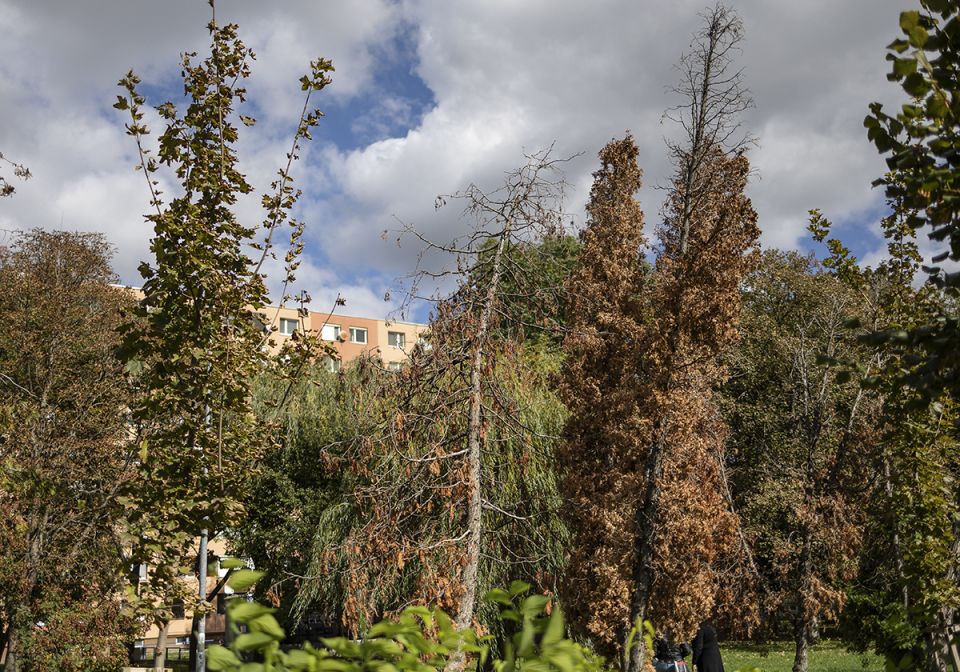
Thuja Project, 2025
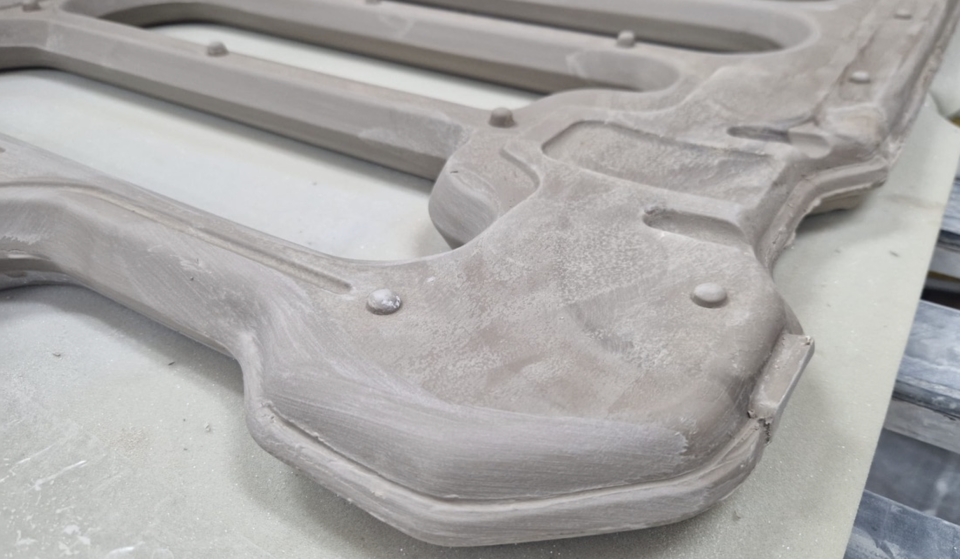
Control Barrier, 2025

Ship, 2014
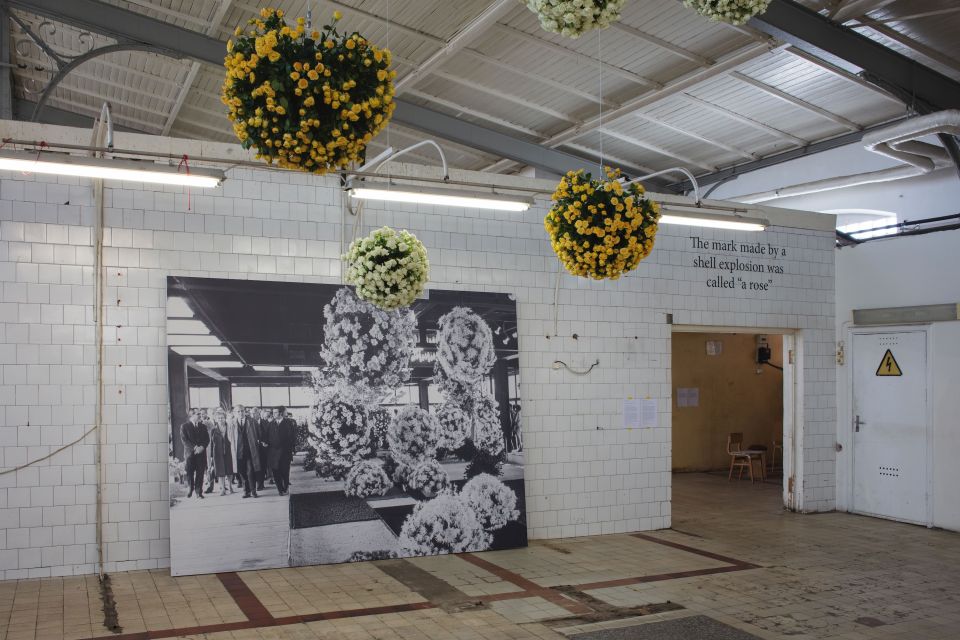
Spheres from Roses, 2023–2025
Ilona Németh belongs to the post-revolution generation of artists whose work is inextricably bound to Central Europe and its trajec- tories before and after 1989. From the outset of her career, she has pursued an engaged artistic practice, drawing on community-oriented, site-specific methods to address carefully chosen audiences with great impact—posing bold, uncompromising questions and seeking honest, rigorous answers to the subjects of her long-term artistic research. Particular public issues—imbalance, disproportion, exclu- sion—become for her both a source of inspiration and a beacon that illuminates broader political contexts, offering commentary and, in- creasingly, prefiguring what may come next. Ilona Németh belongs to the post-revolution generation of artists whose work is inextricably bound to Central Europe and its trajectories before and after 1989. From the outset of her career, she has pursued an engaged artistic practice, drawing on community-oriented, site-specific methods to address carefully chosen audiences with high impact—posing bold, un- compromising questions and seeking honest, rigorous answers to the subjects of her long-term artistic research. Particular public issues— imbalance, disproportion, exclusion—become for her both a source of inspiration and a beacon that illuminates broader political contexts, offering commentary and, increasingly, a vision of what may come. With great sophistication, Németh probes the historical, social, and economic roots of the problems that compel her, striving to under- stand them through broader frameworks and to trace the complex causes of the “neuralgic points” that surface in our present—fault lines which, left unnamed, risk distorting the very parameters that shape our future. In technically and technologically demanding, often monu- mental installations, she mobilizes materials and processes more com- monly associated with architecture and urbanism (concrete, ceramics, porcelain, textiles, wood). She confidently crosses the boundary be- tween personal experience and collective mandate, between private property and the public interest; she maps the capitalization of public space—including public-service media—and interprets the political climate, diagnosing frictions around the acceptance of individual and societal difference and the persistence of intolerance. The fully articu- lated sensitivity of a socially responsible artist living in the first quarter of the twenty-first century cannot, of course, neglect environmentally reflective modes of practice—forms that acknowledge the dissonance and irreversibility of climate change.
Michal Koleček
Curator
Michal Koleček
Production
Kristýna Císařová
Zuzana Doleželová
Dominik Kobeda
Markéta Müllerová
Instalation
Jan C. Löbl
Jáchym Myslivec
Karim Tarakji
team DUUL
Graphic design
Marek Fanta
Collaboration: Ideal Standard s. r. o., Faculty of Art and Design, Jan Evangelista Purkyně University in Ústí nad Labem; Cité Internationale des Arts Paris, Gandy Gallery Bratislava